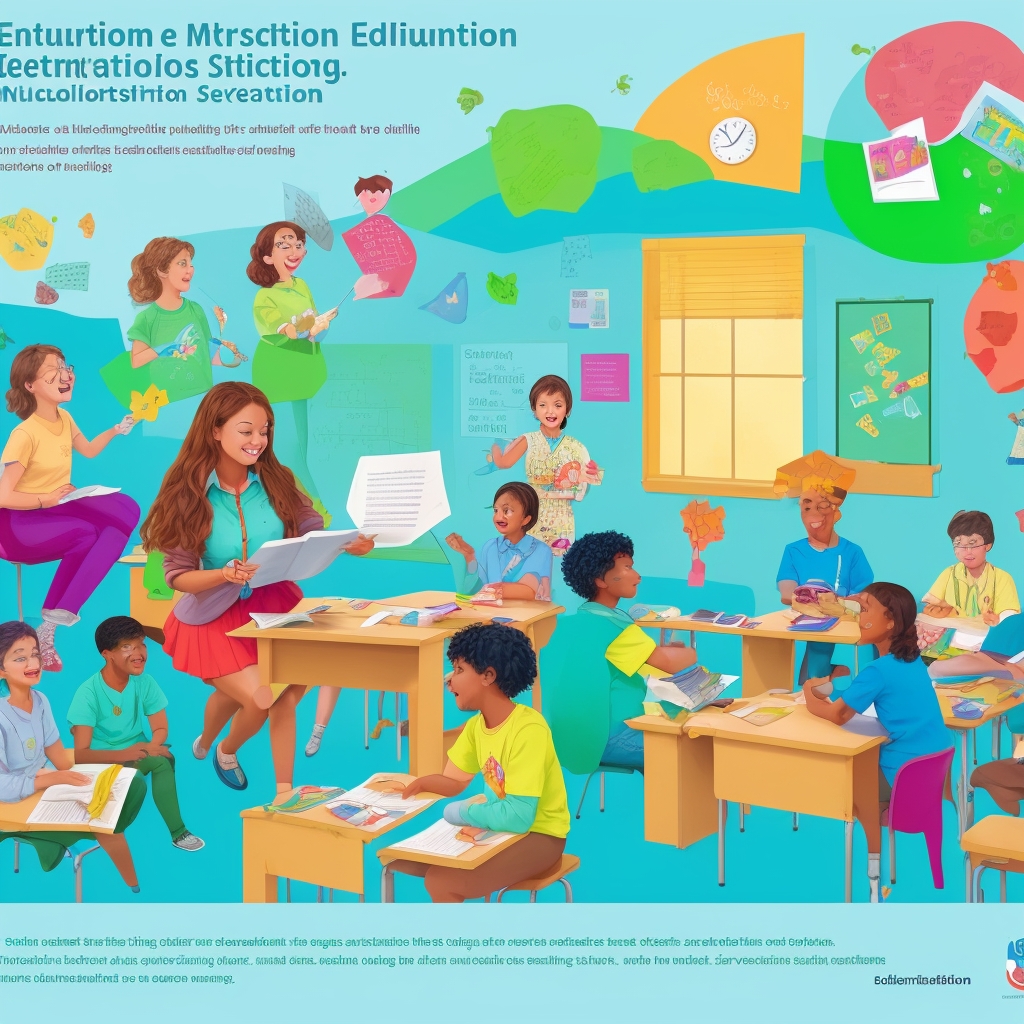Transcription Audio

Avoid Mistakes in 2025 Storytelling Instruction
15 août 2025
Listen to audio:
Transcript Text
Hello and welcome to today's episode, where we're diving deep into the art of storytelling within education and the common pitfalls educators should avoid as we approach 2025. As someone who's had the privilege of teaching storytelling to over 500 professionals across a variety of educational settings, I've seen firsthand how powerful storytelling can be as a tool for engagement and transformative learning. But it's crucial to understand that the difference between mediocre storytelling instruction and truly impactful narrative education lies not in the stories themselves, but in recognizing and avoiding systematic mistakes that can undermine even the most well-intentioned efforts. Now, let's talk about engagement, one of the most critical components of effective storytelling in the classroom. One of the biggest mistakes I've observed is neglecting student engagement and motivation. Storytelling should be a method that genuinely captivates students' interest, creating what psychologists call "cognitive hooks" that anchor learning in memory. Research from the Journal of Educational Psychology highlights the importance of connecting stories to students' personal experiences, showing that when educators make narratives relatable, comprehension and retention rates significantly improve. It's not just about telling a story; it's about making it meaningful to your students. Incorporating multimedia tools can further enhance this connection. When you transform passive listening into active participation using visuals or interactive elements, you create "participatory narratives"—stories that students help shape. This approach can boost classroom engagement dramatically compared to traditional lectures. For those of you teaching young learners and building foundational storytelling skills, I highly recommend exploring techniques specific to early education that foster engagement and establish narrative thinking patterns early on. It's all about starting strong and nurturing these skills throughout their academic journey. Another critical aspect is accommodating diverse learning styles. Our classrooms are more diverse than ever, and it’s essential to cater to visual, auditory, and kinesthetic learners, including neurodiverse students. Digital storytelling and multimedia elements can address these varied needs effectively. For instance, visual learners benefit from graphic organizers and visual mapping, auditory learners from podcasts and discussions, while kinesthetic learners thrive with role-playing and hands-on projects. Recent data from the Pew Research Center suggests that a majority of students prefer learning through digital media. This reinforces the need to incorporate these tools into our teaching strategies. Moreover, neurodiverse students often excel in storytelling environments when given the right accommodations. Students with ADHD, for example, tend to focus better during narrative-based lessons, while those on the autism spectrum can improve social understanding through character analysis and story scenarios. Let's not forget the importance of integrating 21st-century skills into storytelling instruction. Many guides overlook this crucial aspect, but it's a massive opportunity to enrich learning experiences and prepare students for the modern world. Skills like information literacy, communication, and technology literacy should be woven seamlessly into every storytelling exercise. Imagine a student researching a historical narrative, creating a digital presentation, and then presenting it to their peers. They're honing research, digital creation, and public speaking skills all at once. The Partnership for 21st Century Skills outlines four key areas that storytelling can address: critical thinking, communication, collaboration, and creativity. By intentionally designing storytelling activities to target these areas, educators can significantly boost student performance across all domains. Finally, let's discuss reflection and emotional connection. This is where many educators stumble. We often focus on content delivery, but it's the emotional and reflective components that make storytelling truly impactful. Neuroscience shows us that when students form emotional connections to content, it enhances their memory consolidation and recall. Encouraging students to reflect on stories and connect them to their own experiences can deepen their understanding and make the learning experience more memorable. As we wrap up, I want to emphasize the unique value of avoiding these common mistakes in storytelling instruction. By addressing engagement, accommodating diverse learning styles, integrating essential skills, and fostering emotional connections, we can transform our classrooms into dynamic environments where storytelling acts as a bridge to deeper learning and understanding. Thank you for joining me today. I hope you found these insights valuable and that they inspire you to refine your storytelling approach in the classroom. Remember, it's not just about the story you tell—it's about how you tell it and the connections you create with your students. Until next time, keep those stories flowing and the learning growing. Take care!